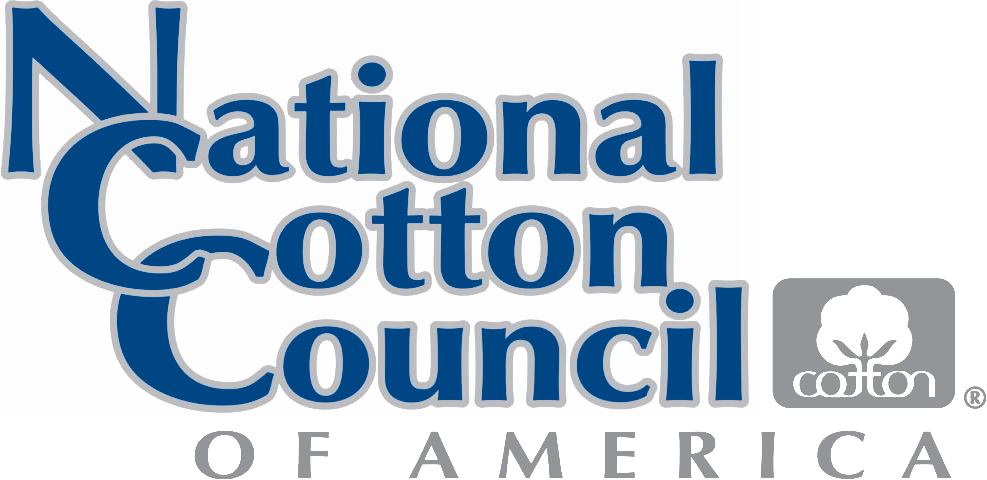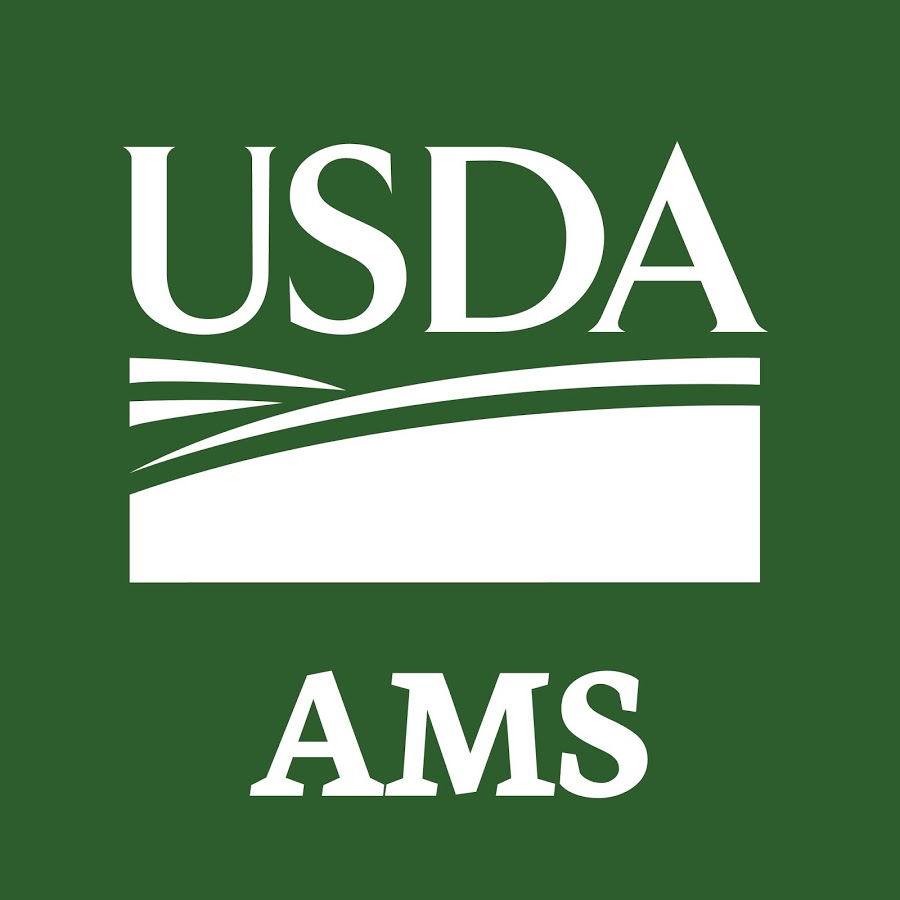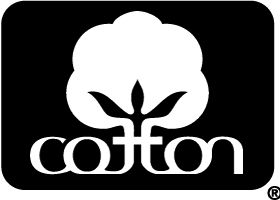Industry
Together, cotton producers, grower organizations, researchers, ginners, textile mills and many more make up the American cotton industry. And together, we are growing the opportunities for a profitable, sustainable future for both our industry and our communities.
Learn about cotton sustainability goals, connect with grower organizations and stay up to date on cotton economics.
10-Year Industry Goals
Cotton’s long-term success is directly linked to the health of the land on which it is grown. Being good stewards of the land requires continuous attention to reducing the impact at every link in cotton’s long supply chain, starting in the fields. These science-based industry goals were established in 2016 to help us keep pushing the frontier of stewardship and leading the world in responsible cotton production. Learn more about the 10-year goals overall or hear about each individual goal below.
Increase Soil Carbon by 30%
Increasing soil carbon contributes to soil health (as well as a host of associated benefits) and helps reduce greenhouse gas emissions released into the atmosphere.
Increase Land Use Efficiency by 13%
Practices that reduce the amount of land under cultivation while maximizing yield are critical for growers to profitably meet the continually rising demand for food and fiber.
Decrease Greenhouse Gas Emissions by 39%
Excess nitrogen fertilizer can be lost to the air as harmful nitrous oxide. More precise fertilizer application helps increase operational efficiency and reduce greenhouse gas emissions.
Decrease Soil Loss Per Acre by 50%
By adopting cover crops and other practices, growers can protect soil from intense rainfall, equipment pass-throughs, dry, windy conditions and more.
Decrease Water Use by 18%
Improved water delivery systems and irrigation scheduling tools enable growers to efficiently produce more cotton using the same amount (or less) of water.
Decrease Energy Use by 15%
The industry will reduce its overall energy expenditure as ginners and growers increasingly adopt energy-saving technologies and practices such as conservation tillage.
State and Regional Organizations
Select a state to display local grower organizations.
Select a State
Economics

The National Cotton Council
The National Cotton Council provides cotton prices, market analysis, valuable economic resources and more. Many of the NCC resources are password-protected, but creating an account is worthwhile for growers and their advisors. Visit this site.

Market Data
The Market Data section of the Cotton Incorporated website provides access to the monthly economic letter, the executive cotton update, and other cotton market analyses and indicators. Visit this site.

The Agricultural Marketing Service
The Agricultural Marketing Service regularly updates its Market News page to provide up-to-date classing and quality information, as well as cotton prices. Visit this site.

World Agricultural Supply and Demand Estimates Report
The monthly World Agricultural Supply and Demand Estimates (WASDE) Report provides annual forecasts for supply and use of U.S. cotton and other commodity crops. Visit this site.




